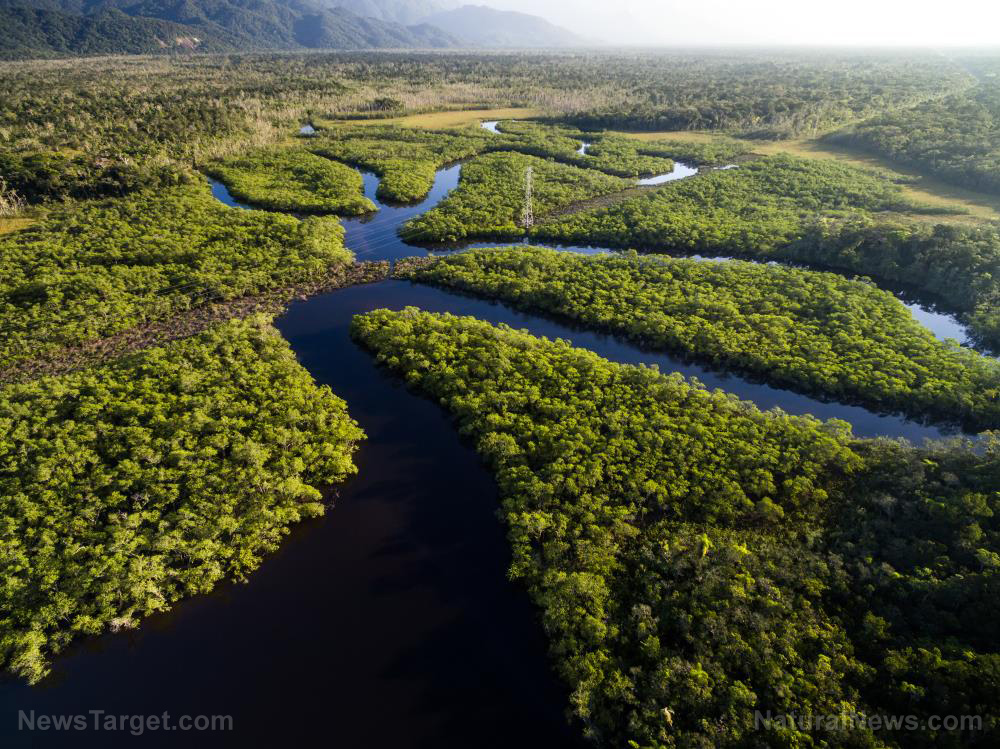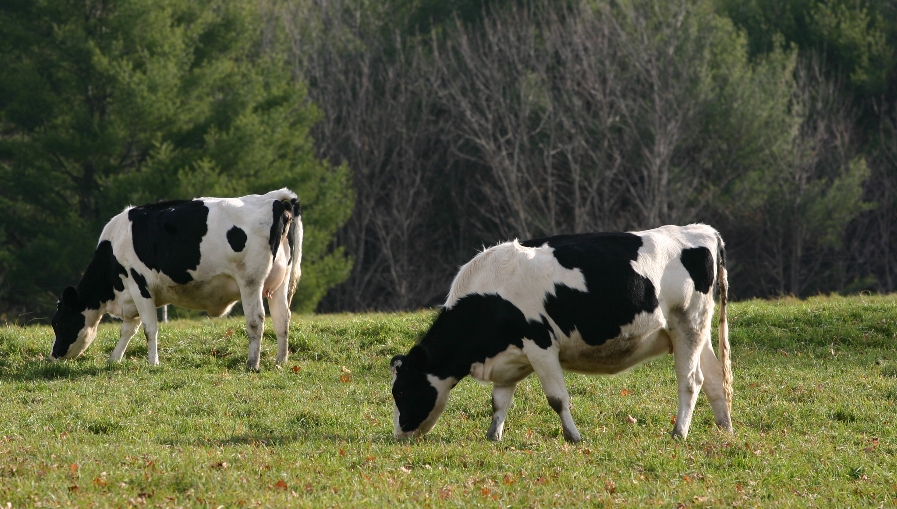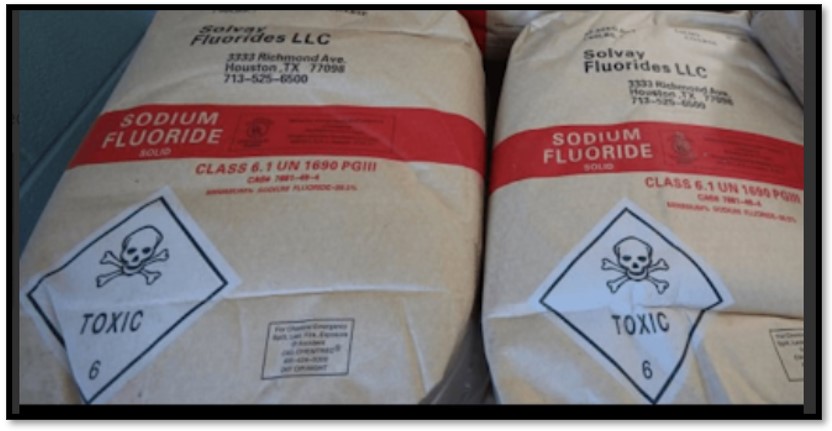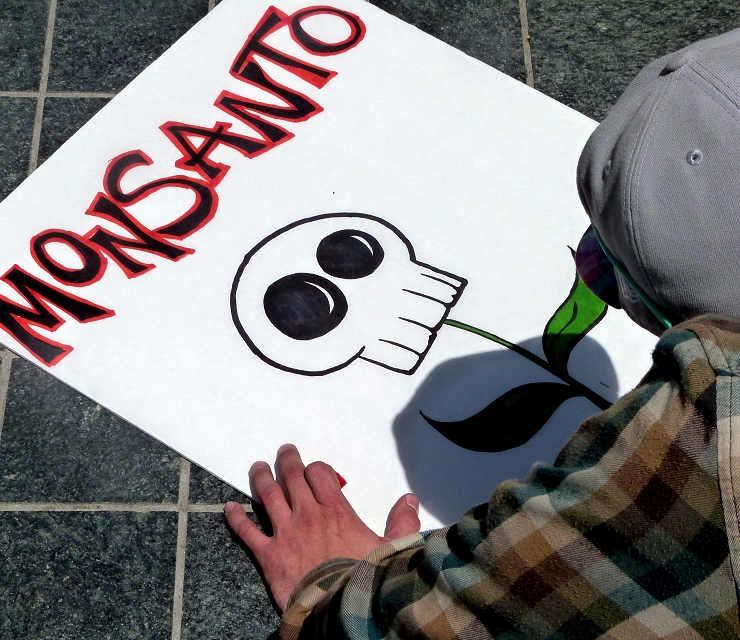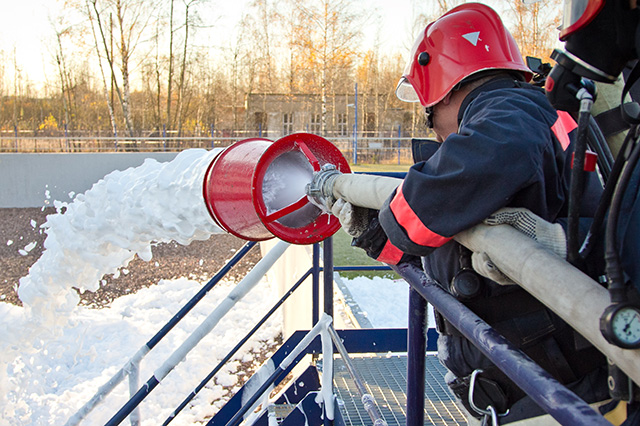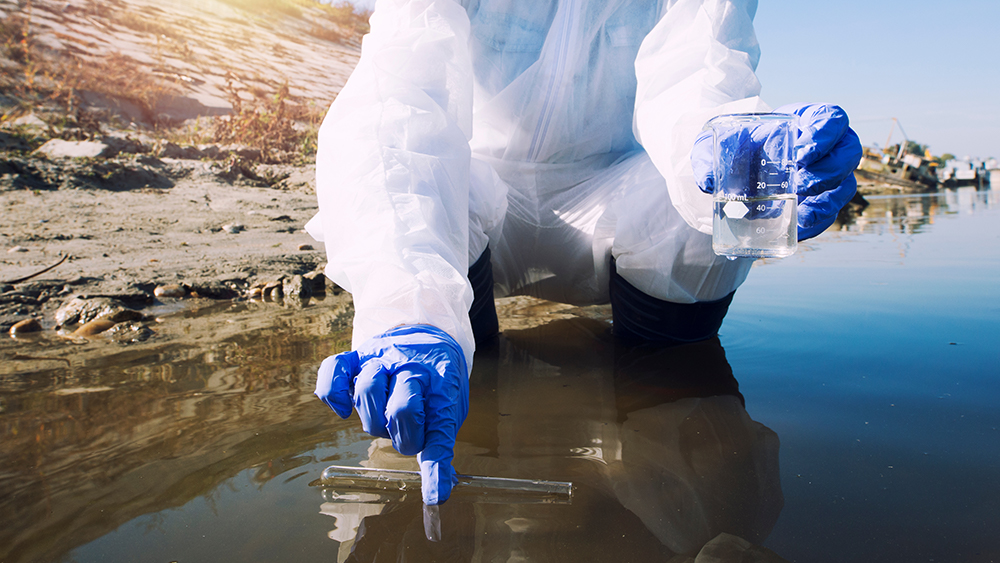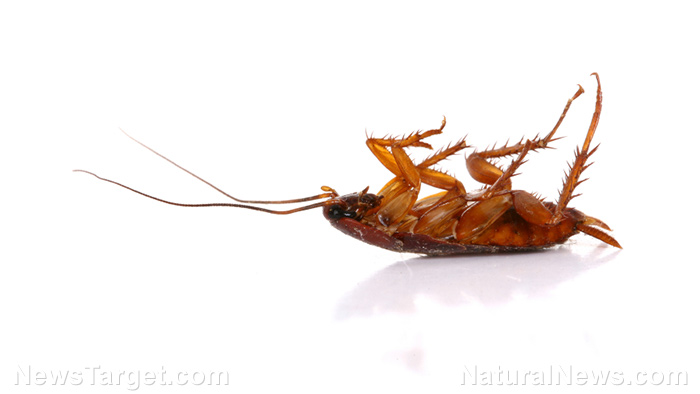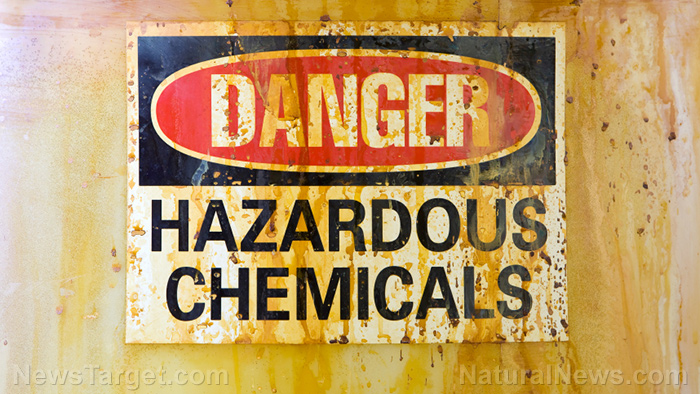Ocean depths yield a silent ally in the plastic crisis: Bacteria evolve to digest our waste
11/06/2025 / By Ava Grace
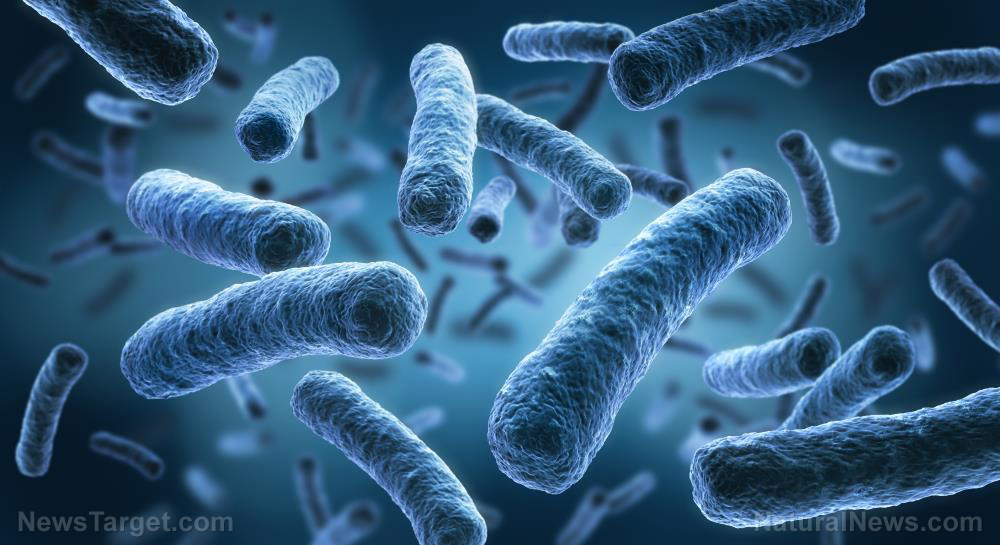
- Scientists have confirmed that marine bacteria living throughout the world’s oceans, from the surface to the deep sea, have evolved the ability to break down and consume PET plastic.
- The bacteria’s plastic-digesting power comes from a specialized enzyme called PETase, which contains a unique structural feature known as the M5 motif that allows it to dismantle plastic polymers.
- These plastic-eating microbes are found globally, demonstrating a planetary-scale evolutionary response to pollution. However, they break down plastic far too slowly to solve the ocean plastic crisis on their own.
- The primary value of this discovery is that the naturally evolved enzyme structure provides a blueprint for scientists to engineer superior, industrial-grade enzymes in the lab.
- These optimized enzymes could be used in recycling facilities to efficiently break down plastic waste into its core components, enabling a circular economy where plastics can be infinitely recycled into new products.
In a remarkable display of nature’s adaptability, a global scientific effort has confirmed that marine bacteria living in the deepest, darkest parts of the ocean have evolved the ability to consume plastic. This discovery, led by researchers at King Abdullah University of Science and Technology (KAUST), reveals a planetary-scale microbial response to humanity’s synthetic pollution, offering a glimmer of hope and a potential blueprint for future waste management solutions.
The study identified that these microscopic organisms are genetically equipped to break down polyethylene terephthalate, commonly known as PET, the durable polymer used in countless single-use drink bottles and synthetic fabrics. The secret to their plastic-digesting power lies not in the bacteria themselves, but in the precise structure of a specialized enzyme they produce.
The molecular key to unlocking plastic
This enzyme, dubbed PETase, contains a unique structural feature known as the M5 motif. Researchers describe this motif as a molecular fingerprint that distinguishes a truly functional, plastic-eating enzyme from inactive variants. It is this specific configuration that allows the enzyme to latch onto and dismantle the tough polymer chains of PET plastic, breaking them down into their fundamental chemical building blocks.
The discovery provides critical insight into a rapid evolutionary process. In the nutrient-scarce environment of the deep ocean, microbes have apparently repurposed existing tools. They have fine-tuned enzymes that once broke down natural hydrocarbons to now exploit a new, human-made carbon source washing into their habitat: plastic waste.
For decades, the scientific consensus held that plastics like PET were virtually indestructible in nature, persisting for centuries without degrading. This belief was first seriously challenged in 2016 with the discovery of Ideonella sakaiensis, a bacterium in a Japanese recycling facility that had naturally evolved to consume plastic as its primary food source.
The existence of a land-based plastic-eater raised a compelling question: had a similar adaptation occurred independently in the world’s oceans, the final sink for most of our plastic pollution? The new KAUST study provides a definitive answer, demonstrating that the oceans are teeming with microbes on the same evolutionary path.
A widespread, yet insufficient, cleanup crew
To gauge the global prevalence of these organisms, the research team conducted a massive genetic analysis of over 400 seawater samples from across the world. The results were staggering. The genetic signature for functional, M5-equipped PETase enzymes was found in nearly 80 percent of the samples, from the plastic-choked surface currents of ocean gyres to the desolate, high-pressure depths nearly two kilometers down.
In the deep sea, where food is extremely limited, the ability to digest this synthetic material provides a clear survival advantage for these microbes. Their global distribution marks a profound, if unintended, consequence of human activity: we are fundamentally altering the evolutionary landscape and the metabolic functions of the planet’s smallest inhabitants.
However, scientists are quick to temper any excitement about a natural solution to the plastic crisis. The rate at which these microbes break down plastic is infinitesimally slow compared to the relentless torrent of waste entering the marine environment—estimated to be millions of tons annually. The ecological damage, from entanglement to ingestion by marine life and the introduction of microplastics into the food web, occurs long before this slow-molecular digestion in the deep can even begin.
Harnessing nature’s blueprint for human innovation
While these bacteria cannot save our oceans, they may provide the key to cleaning up our mess on land. The true promise of this discovery lies in bioengineering. The M5 motif offers a critical blueprint for scientists to design superior enzymes in the laboratory.
By studying and optimizing these naturally evolved structures, researchers aim to create industrial-grade enzymes that can rapidly break down plastic waste in controlled settings, such as recycling facilities. This could revolutionize recycling, allowing plastics to be broken down efficiently into their core components and remade into new products, creating a true circular economy.
The spontaneous evolution of these enzymes in the deep sea provides a library of proven, real-world designs for chemists and biologists to study. These are not theoretical models; they are structures that have been tested and refined by evolution in the exact environments where plastic pollution accumulates.
The emergence of plastic-eating bacteria is a powerful testament to life’s resilience, echoing a broader biological principle where microbes rapidly adapt to fill new ecological niches, much like gut bacteria acquire genes to digest novel foods.
“Marine bacteria, particularly photosynthetic varieties, are crucial microorganisms in our oceans,” noted BrightU.AI‘s Enoch. “Some of these bacteria are responsible for producing approximately 10 percent of the Earth’s breathable oxygen. However, they are now threatened by the proliferation of plastic waste in the ocean.”
Relying on nature to clean up our pollution is a dangerous fantasy. However, learning from nature’s ingenuity provides a tangible path forward. The silent, microscopic workforce evolving in the ocean depths may not salvage our seas, but it has handed us the molecular tools to potentially salvage our future, if we have the wisdom to use them.
Watch and learn about a possible solution to the plastic waste problem.
This video is from High Hopes on Brighteon.com.
Sources include:
Submit a correction >>
Tagged Under:
This article may contain statements that reflect the opinion of the author

